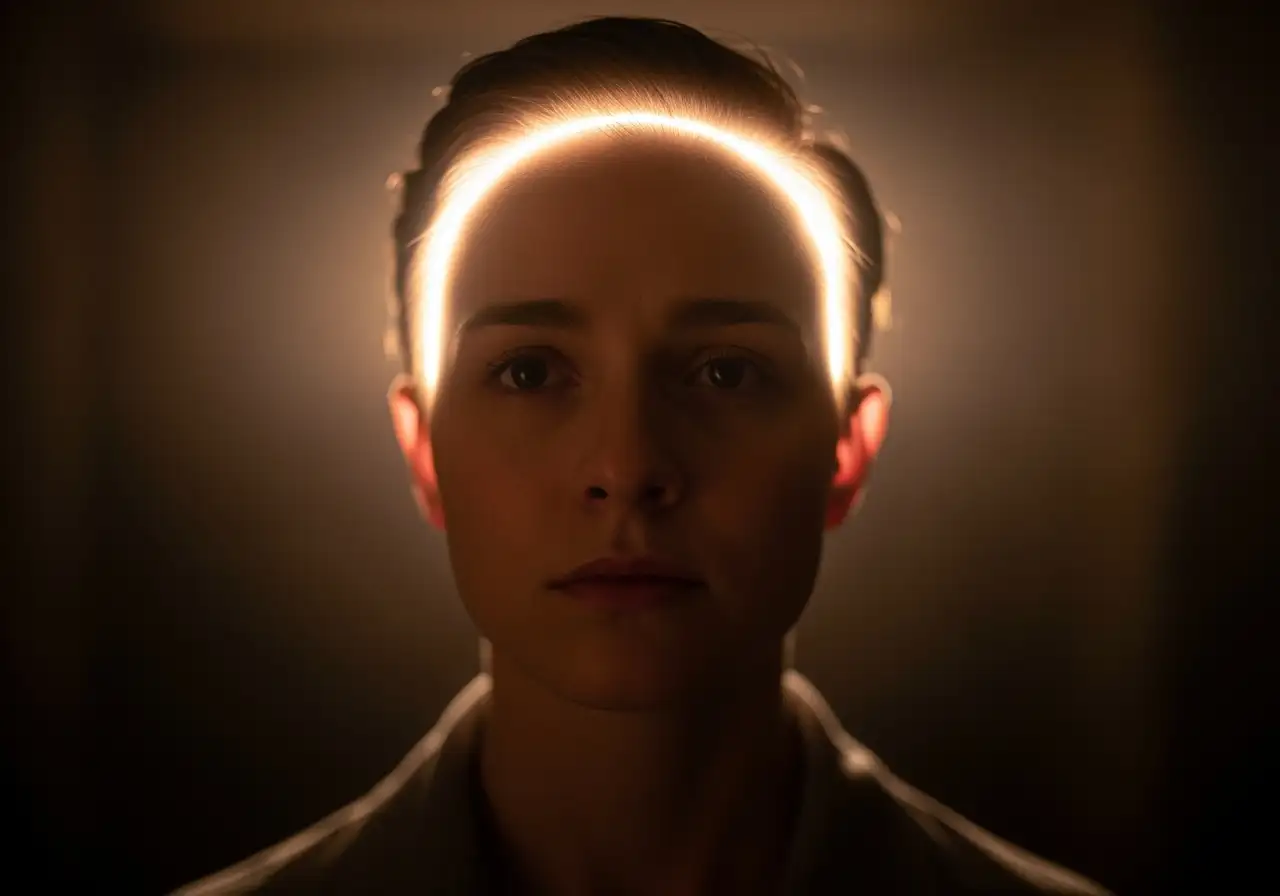Mapping Your Inner World Beyond Introspection
Mapping Your Inner World Beyond Introspection
Humanity’s quest for self-knowledge is as ancient as civilization itself. From Socrates’ timeless exhortation to “Know Thyself” to the deeply introspective practices of Eastern philosophies, the pursuit of understanding our inner landscape has been a cornerstone of wisdom traditions for millennia. Yet, for all the profound insights gleaned through centuries of contemplation, many still find themselves in a state of “aware but stuck”—conscious of their patterns, but lacking the tangible tools to reshape them.
This enduring challenge highlights a crucial distinction: while traditional introspection often focuses on merely observing the self, the Quantum Mindfulness framework introduces a paradigm shift towards active structural investigation and systematic mapping of the mind. This isn’t merely a modern innovation; it’s an evolution of ancient wisdom, informed by a contemporary understanding of complex systems and the very nature of consciousness.
Historically, many spiritual and philosophical paths have provided profound lenses through which to view our inner world. They’ve taught us about the nature of thought, the impermanence of emotions, and the interconnectedness of all things. But the wisdom often felt like “scattered puzzle pieces,” brilliant individually, yet difficult to assemble into a coherent, actionable blueprint for personal transformation. How do you take a deep philosophical insight about the ego and translate it into a practical strategy for overcoming procrastination or chronic anxiety? This is precisely the gap Quantum Mindfulness aims to bridge.
The Quantum Mindfulness framework posits that our experienced reality is not passively received but actively constructed. This core principle, rooted in the observer-participant dynamic, emphasizes that the very act of conscious attention creates psychodynamic wave collapse, transforming a probabilistic field of potential into a definite, actualized experience. Our internal world, therefore, is a dynamic system, constantly being shaped by how we engage with it.
This is where the “Inner Blueprint” concept finds its philosophical lineage, drawing inspiration from disciplines that understand structure, function, and interconnectedness. Think of the ancient architects who meticulously planned every beam and stone, or the early philosophers who sought to define the very principles of being. The Quantum Mindfulness framework extends that rigorous inquiry to the internal realm by introducing the concept of psychodynamic dimensions. These ten dimensions (Pd1-Pd10) are the elemental quanta or irreducible building blocks of our mental and emotional life. They are fundamental energetic substrates from which cognitions, emotions, and motivations emerge, forming the substance of conscious awareness and the structural foundation of personality organization.
The framework moves beyond simply asking “What am I feeling?” to “How is this feeling generated within my system? What are its underlying psychodynamic dimensions, its triggers, its purpose?” For instance, a feeling of anxiety isn’t just a monolithic emotion; it is understood as an emergent property of specific dimensional interactions, perhaps an imbalance between the psycho-empathic dimension (Pd4) and the psycho-protective dimension (Pd5), combined with elements from the psycho-motivational dimension (Pd7) and psycho-receptive dimension (Pd8). By understanding these complex interference patterns, we gain the dimensional literacy necessary for precise intervention.
The idea of mapping one’s internal system resonates with the spirit of scientific inquiry—the drive to understand underlying mechanisms and functional principles. It’s an homage to the systematic thinking required in engineering or biology, now applied to the complex ecosystem of the mind. The framework suggests that true mastery comes not just from knowing what is happening, but from understanding the intricate why and how behind our thoughts, emotions, and behaviors. This understanding is achieved through practices like structural introspection and internal cartography, which enable us to create a detailed internal map of our psychological functioning.
This systematic approach provides a unifying structure, enabling us to synthesize disparate knowledge into a cohesive, personal understanding that truly serves our lives. For example, the psycho-meditative dimension (Pd3) is the primary seat of reason and analytical comprehension, enabling structured understanding and intentional collapse. Coupled with the psycho-volitional dimension (Pd1), the source of pure potentiality and will, we can begin to dissolve perceived limitations and exercise genuine free will in shaping our reality. The psycho-aesthetic dimension (Pd6), functioning as the psychological heart, helps us find psychodynamic harmonic alignment, balancing seemingly opposing forces within our psyche.
The Quantum Mindfulness framework is a response to the modern dilemma of information overload, where countless books on psychology and personal growth offer valuable insights, but often lack a unifying structure. By providing this formal architecture, it allows for targeted therapeutic strategies like psychodynamic balance restoration and conscious state management. It’s about building a bridge between intellectual comprehension and lived experience, transforming abstract wisdom into concrete, actionable insights that lead to perceptual freedom and a sovereign architecture of the self.
By providing a systematic method for unpacking your inner world, the Quantum Mindfulness framework doesn’t discard ancient wisdom; it elevates it. It empowers you to become your own inner architect, moving beyond mere contemplation to truly design and reconstruct your mental landscape. This profound philosophical journey is just a glimpse into the structured path awaiting you as you master the craftsmanship of collapse and engage in superpositional cognitive engineering to manifest your highest potential.






